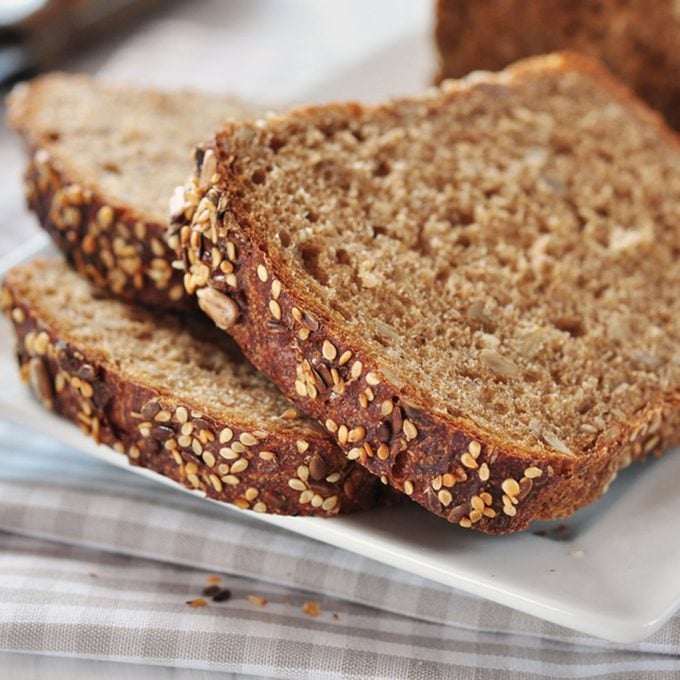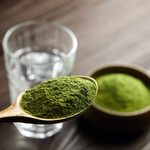Whole Wheat vs. Whole Grain Bread: What’s the Difference?
Before tossing a loaf of bread in your shopping cart, make sure you've picked the healthiest option. We break down the difference between whole wheat and whole grain bread.

Is There a Difference Between Whole Wheat and Whole Grain Bread?
Whole grain, whole wheat, multigrain, oh my! As you walk down the bread aisle at your local grocery store, it can feel impossible to tell the difference. Each label claims to be a healthy option, so when choosing between whole grain or whole wheat bread, where do you begin?
Whole wheat and whole grain breads are similar, but not the same. The word “whole” in their names is vital and means that they both contain grains that are fully intact.
Whole wheat bread is made up of wheat kernels that still contain all three components—the bran, germ and endosperm of the kernel. In many white and wheat breads, the bran and germ are filtered out. Keeping all three parts of the kernel means the bread is more nutritious and takes longer for our bodies to digest.
Whole grain bread also contains the entire kernel of wheat, as well as other whole grains like oats, brown rice or barley. Whole wheat bread is simply one type of whole grain bread. (Psst! Here are the surprising health benefits of pumpernickel bread.)
Which Bread is Whole Grain?
In order to tell if your loaf of bread is 100 per cent whole grain, pay attention to the label and packaging. Look for the “100% Stamp” on the front of the package. This means your bread contains at least 16 grams of whole grains. Also, check the ingredients list. The first ingredient should have the word “whole” in it. If you prefer fresh bread, visit your local bakery or throw on an apron and make this heart-healthy sourdough bread at home!
Is Whole Grain Bread Healthy for You?
Whole grain bread is rich in vital nutrients like fibre, protein and B vitamins. Studies have linked eating a diet with whole grains with a decreased risk for many chronic health conditions like diabetes, heart disease, cancer and stroke. As long as you tolerate wheat and other grains, whole grain bread is a great option for a healthy diet.
What is the Healthiest Bread You Can Eat?
As long as your loaf of bread is made with 100 per cent whole grains, it does not matter if you choose whole wheat or whole grain. They both contain important nutrients that have been stripped from other types of bread.
Here are 13 ways to get the most out of farmers’ markets year-round.



